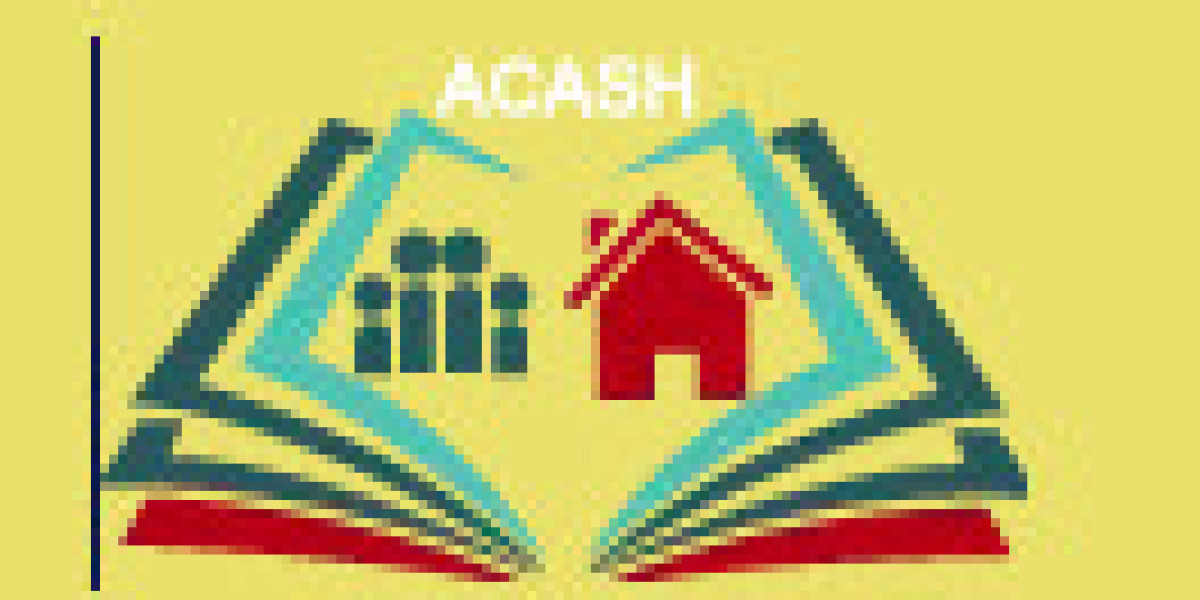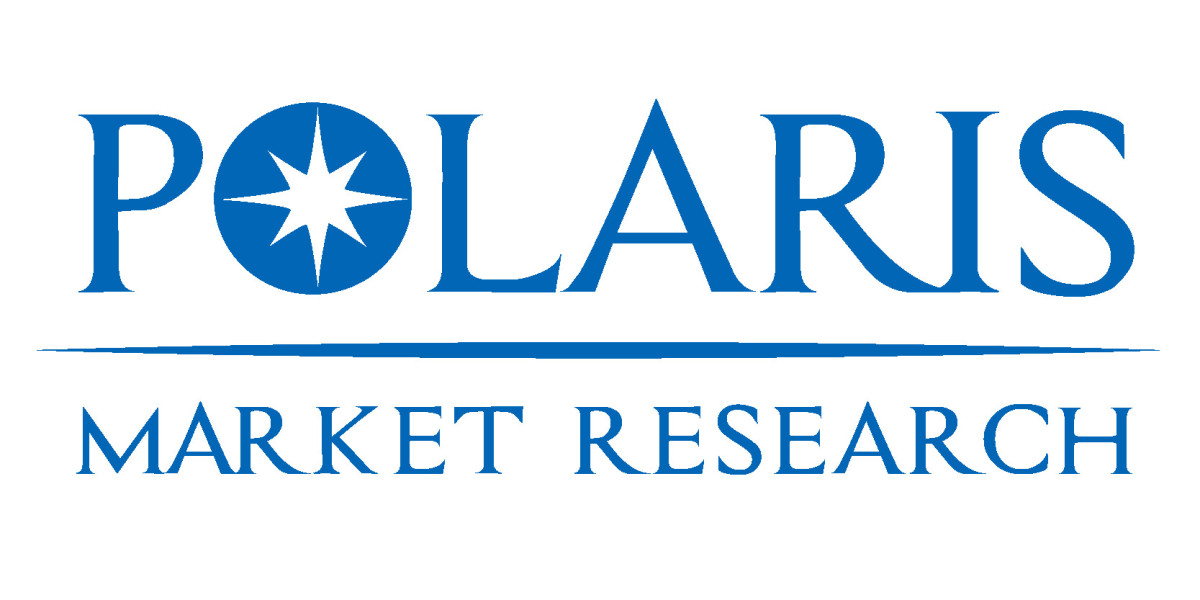Urbanization: The Engine of Modern Human Settlement
Urbanization is the process through which rural populations move to cities in search of economic, educational, and social opportunities. It reshapes landscapes, spurs infrastructure development, and drives national economies. However, rapid and unplanned urbanization can strain existing systems, resulting in overcrowding, inadequate housing, and environmental stress.
High-Density Housing: Maximizing Space in Growing Cities
High-density housing refers to residential developments where large numbers of people live in a relatively small area. Common examples include apartment complexes, skyscrapers, and cluster housing.
Benefits include:
Efficient land use
Stronger public transport viability
Reduced carbon footprint
If poorly planned, it can create congestion, stress on public services, and increase living costs.
Low-Density Housing: Space, Comfort, and Urban Sprawl
Low-density housing is typically found in suburban areas and offers more space, privacy, and cleaner environments. However, it requires more land, increases transportation dependency, and contributes to urban sprawl, leading to higher infrastructure and energy demands.
The World’s Biggest Slums: Mega-Settlements of Inequality
Slums accommodate millions who migrate to cities but cannot afford formal housing. Some of the largest include Dharavi (Mumbai, India), Orangi Town (Karachi, Pakistan), Kibera (Nairobi, Kenya), and Neza-Chalco-Itza (Mexico City). Despite poor sanitation and infrastructure, slums often develop strong social networks and thriving informal economies.
Slum Redevelopment Projects: Hope, Controversy, and Change
Governments and NGOs attempt to improve slum conditions through redevelopment strategies such as housing upgrades, infrastructure improvements, and organized resettlement. Successful projects prioritize in-situ development, community involvement, legal rights, and affordability. Poorly executed projects, however, can break communities and disrupt livelihood systems.
Dharavi: A Dense Settlement with Dynamic Enterprise
Dharavi is one of Asia’s most studied informal settlements. It is home to thousands of small-scale industries involving leatherwork, pottery, recycling, textiles, and food production. Redevelopment proposals have raised concerns regarding compensation, cultural preservation, economic displacement, and equitable housing distribution.
Orangi Town: Pakistan’s Grassroots Urban Innovation
Orangi Town is a massive settlement in Karachi known for the Orangi Pilot Project, a pioneering community-led sanitation system. Residents collectively funded and built sewerage networks when official authorities failed to provide services, setting a global example of low-cost urban innovation and empowerment.
River Gypsies: Life on the Water Margins
River gypsies, particularly the Manta community of Bangladesh, live in floating settlements on rivers, migrating seasonally. Their lifestyle reflects a deep connection to water ecosystems but leaves them vulnerable to climate change, education barriers, poverty, and government neglect. Their culture represents a rare and fading nomadic identity.
Pakistan Property Fraud: Urban Aspirations and Criminal Exploitation
Property fraud, illegal housing societies, forged land records, and deceptive investment schemes affect thousands of families in Pakistan’s urban centers. These scams exploit the housing demand and limited regulatory enforcement. Digital land record systems, strict legal actions, and public awareness programs are essential to safeguard citizens.
Compact Settlement: Efficient, Sustainable Urban Form
Compact settlements are designed to combine residential, commercial, and recreational spaces within walkable distances. They support efficient land use, reduce travel demand, lower pollution, and improve community interaction. Urban planners recommend compact city models to counter urban sprawl and promote sustainable living.
Conclusion
Urbanization is a powerful driver of development, but it must be managed with social equity and environmental responsibility. From high-rise towers to floating communities, urban settlements reflect both human progress and inequality. The future of cities lies in planning systems that protect culture, provide fair housing, and empower communities while fostering economic growth.








